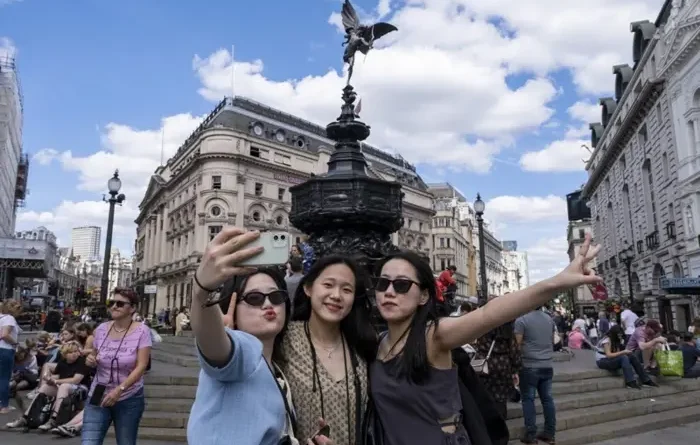‘Gone down a lot’: why Chinese travellers are shunning US and Europe
BEIJING: Chinese tourists are increasingly turning away from traditional destinations such as the United States and Europe in favour of hotspots in the Middle East, South-East Asia and Latin America, according to foreign exchange firm Travelex.
The company has seen a marked shift in the currency exchanges requested by its Chinese customers since 2019, with US dollars, euros and British pounds becoming less popular, an executive at the company told the Post.
“The US overall probably was about 27 per cent of our volume in 2019,” said Cameron Hume, global wholesale director at Travelex in Shanghai. “It’s now about 17 per cent.”
The trend is being driven by a shift in Chinese tourists’ travel preferences, which has in turn been fuelled by policy changes implemented by Beijing, Hume suggested.
China has forged closer ties with nations across the Middle East and Latin America in recent years, and has agreed mutual visa exemptions with a string of countries including Japan, Singapore, Thailand and Malaysia.
Exchanges of US dollars have “gone down quite a lot comparatively”, Hume said, especially considering that Chinese travellers not only use US dollars in the United States, but also in other countries such as Cambodia and Laos.
Chinese tourists also appear to be losing interest in the United Kingdom and Europe. Exchanges involving British pounds and euros made up 12 per cent of Travelex China’s business in 2019, but that fell to about 7 per cent last year, according to company data.
Meanwhile, the growing “political closeness” between China and the Gulf states had led to a “big increase” in demand for the currencies of Saudi Arabia, United Arab Emirates, Oman and Bahrain, Hume noted.
Demand for Southeast Asian currencies had also grown, with a notable uptick in trips to Thailand, Malaysia and Singapore that was “probably driven by visas”, Hume said. Japan is also a strong market for Travelex due to the weak yen, he added.
Travelex China has begun offering currencies from several Latin American nations in recent years, and demand for currencies from Mexico, Peru and Brazil are “now seeing triple-digit growth”, Hume said.
“I think that’s a little bit of experiential travel [and] a little bit of business demand,” he added.
Travelex expects China’s outbound travel market to grow strongly over the rest of the decade, with the number of outbound tourists rising to 200 million by 2030 from 150 million in 2019.
“We saw the yuan outside of China representing about 10 per cent of our global retail volume,” he said. “It’s now probably at 4 per cent, but it’s still picking up and obviously that’s quite closely linked to outbound Chinese travel.”
China’s inbound travel market is also undergoing changes, Hume added, with Hong Kong becoming a “very big market” for the mainland.
“It used to be a lot of [mainland] Chinese going to Hong Kong to buy things,” he said. “[Now] we’re seeing a lot of demand even in Hong Kong for Chinese yuan, and Hong Kong day traders or people coming over for food in Shenzhen.” – SOUTH CHINA MORNING POST













Leave a Reply